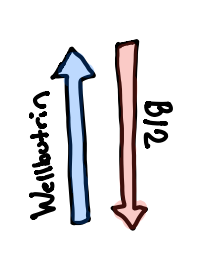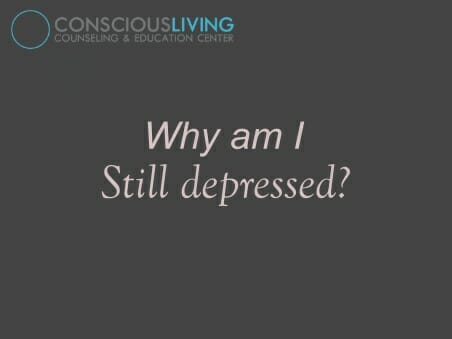
Counseling & Rewiring Through Practice
September 19, 2014
More About Counseling Services at CLCEC
May 13, 2015Are you getting enough vitamin D?

Sunlight helps you get the vital nutrient vitamin D. But how does this process work in your body?
UV-B rays from the sun hit the skin transforming a type of cholesterol into vitamin D3. Now D3 is not something useful for your body. It has to travel to the liver and get processed then on to the kidneys where it finally becomes active vitamin D which your body can use. Vitamin D is essential for bone health, because it allows the body to absorb calcium. If vitamin D is not available, the body will start leaching calcium from the bones, increasing the risk of fractures and osteoporosis.
Living at higher latitudes can prevent individuals from producing enough vitamin D due to less sun exposure. If an individual gets 10-15 minutes of sun on the arms and face a few times a week, they can get most of the vitamin D the body needs BUT only if conditions are right (i.e., clear skies, right time of day). For those of us in the cold northern hemisphere who wrap up like burritos during the winter, it is more likely we are not getting the recommended vitamin D levels from sun exposure alone.
Amount of sunlight is not the only factor involved in vitamin D processing. As people age, their body produces less vitamin D; darker skin does not generate as much of the vitamin; and wearing sunscreen may reduce production (although we are not recommending skipping skin protection).
Vitamin D can also be added to the diet by eating vitamin D-rich foods like fish and egg yolks. In North America, more than 50% of men ages 65 and older as well as 50% of women are vitamin D deficient, and lower levels of vitamin D have been linked to poor bone density, cancer, cardiovascular disease, and hypertension.
Enough sunlight can be difficult to come by for us in the cold Midwest where the days continue to get shorter. If you’re concerned that you are not getting enough vitamin D, please consult your doctor.



